
Review and images by Suspsy; edited by bmathison1972
When I began amassing an animal figure collection for my boys to play with and learn from, my goal was for a wide diversity of genera from across the globe. Popular beasts like the lion, the tiger, the elephant, the giraffe, the hippo, the crocodile, the kangaroo, and the wolf, of course, but I also wished to include odder ones like the Komodo dragon, the sloth, the cassowary, and the platypus (Ornithorhynchus anatinus).
Read more
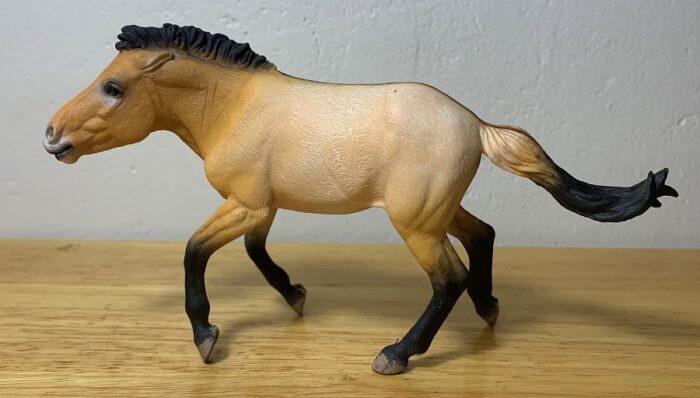
Since its release in 2013 I’ve been eyeballing the CollectA Przewalski’s horse (pronounced shuh-VAL-skee and also known as the takhi) for my collection, even though I didn’t really collect extant animals at the time. What I was collecting were dinosaurs and other prehistoric animals, and recently extinct animals too. So why the interest in this horse?
Read more
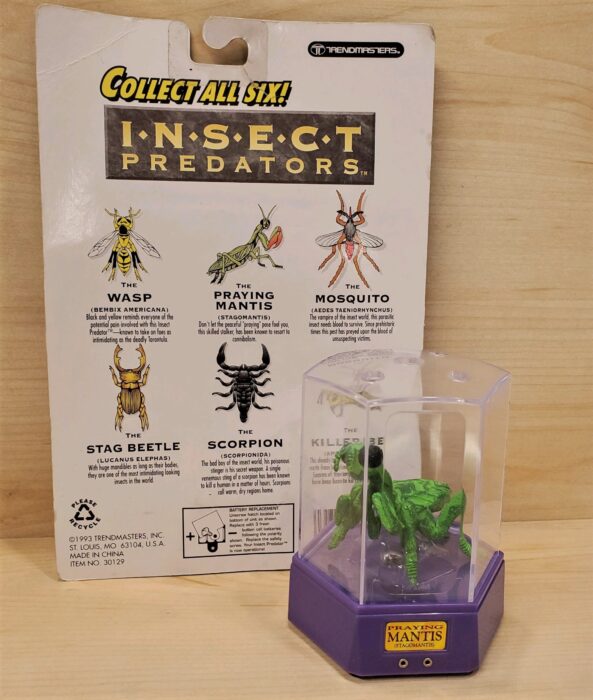
Collectors of figures and memorabilia from the Godzilla franchise should be familiar with Trendmasters. But did you know they released a series of ‘Insect Predators’ in 1993? Well, they did! The series consisted of a scorpion (unidentified, but presumably the emperor scorpion, Pandinus imperator), the giant stag beetle (Lucanus elaphas), a ‘killer’ bee (Apis mellifera), a wasp (Bembix americana), a mosquito (Aedes taeniorhynchus), and the subject of today’s review, the Carolina mantis (Stagmomantis carolina).
Read more
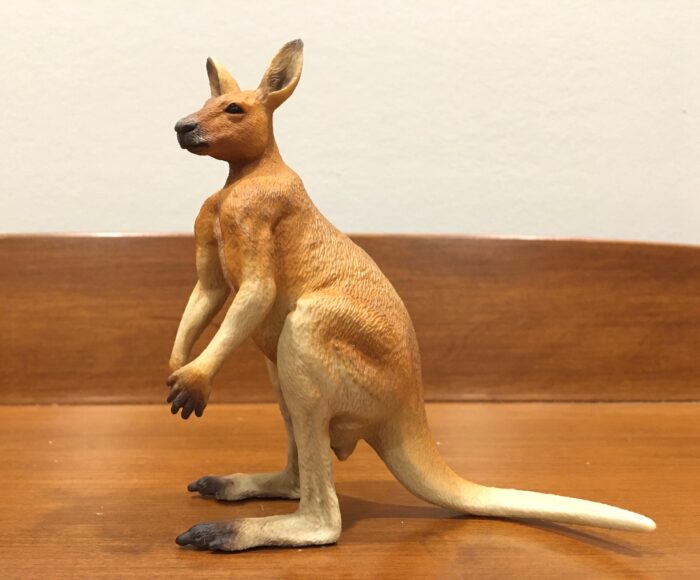
Review and images by Suspsy; edited by bmathison1972
For a male red kangaroo (Osphranter rufus), the journey from adorable joey to towering boomer centres mainly around one thing: the ritualized fighting known as boxing. Only the victors win the privilege of mating rights, and as such, battles between boomers can be extremely violent and ugly.
Read more
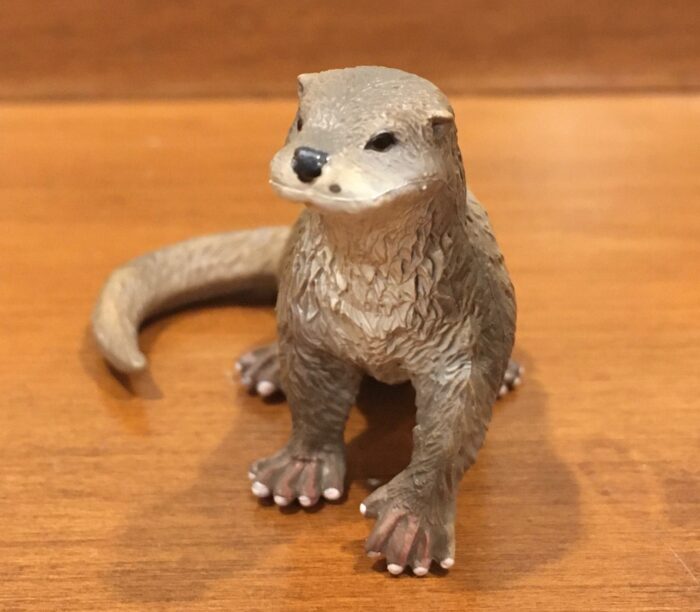
Review and images by Suspsy; edited by bmathison1972
Otters belong to the mustelid family, which also includes weasels and their kin, badgers, skunks, and wolverines. There are currently 13 extant species of otter that all range from semiaquatic to marine in their lifestyles. The Eurasian or common otter (Lutra lutra) is probably the most familiar member of the lot, with a range throughout Europe, much of Asia, and parts of Africa and the Middle East.
Read more
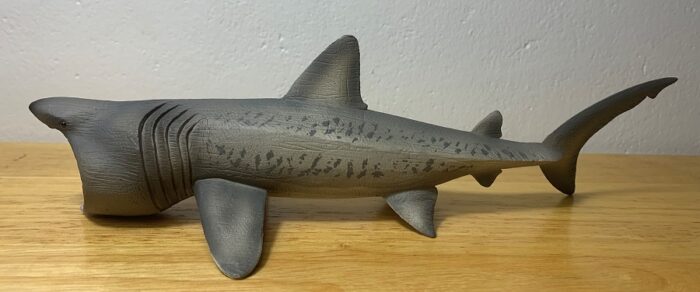
Jaws author Peter Benchley once stated in an interview that “every young man in the world is fascinated with either sharks or dinosaurs”. In my case it was both, and really the natural world in general, but sharks and dinosaurs took special interest. So, it made sense that a few years after launching my dinosaur collecting career, I would dip my toes into extant animals and start collecting sharks.
Read more
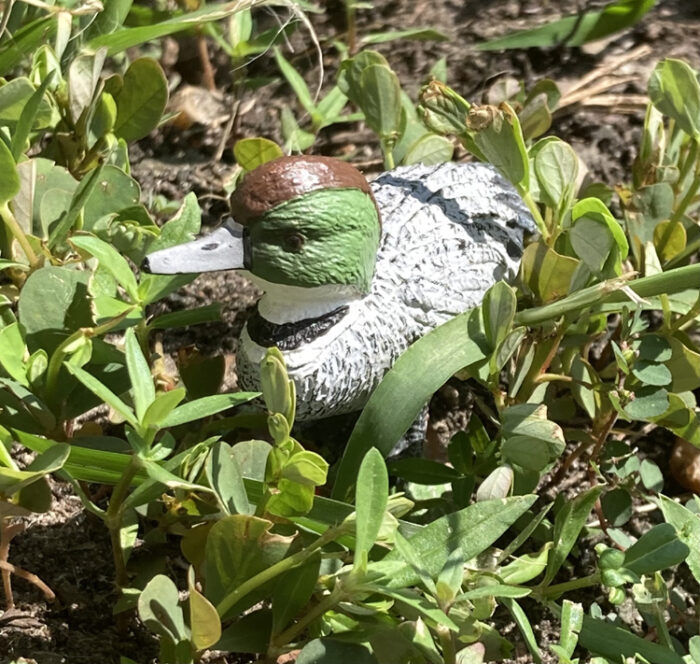
Review and images by Birdsage; edited by bmathison1972
The Falcated Duck (Mareca falcata or Anas falcata) is a species of dabbling duck found in the wetlands in East Asia. It eats primarily water plants and aquatic invertebrates. It breeds in Russia and Mongolia and winters in East and Southeast Asia.
Read more
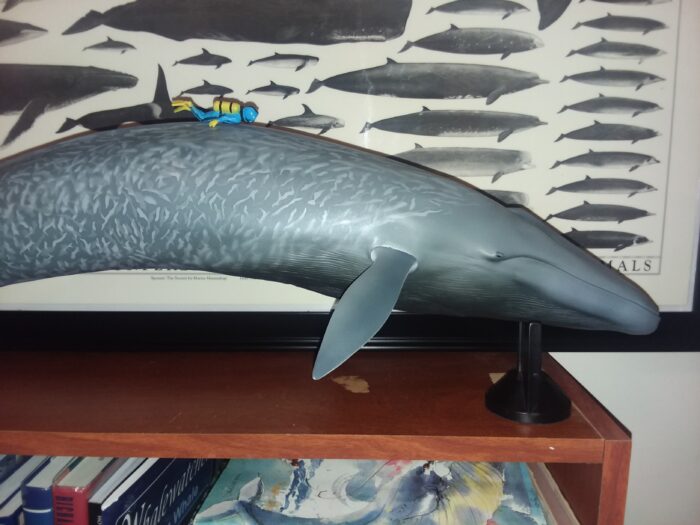
There are many iterations of a fabled, island-sized sea monster across various cultures, which were in no doubt inspired by early accounts of animals such as the blue whale (Balaenoptera musculus). Blue whales exist in all major oceans, but precise distributions are patchy and their migratory movements are poorly understood.
Read more
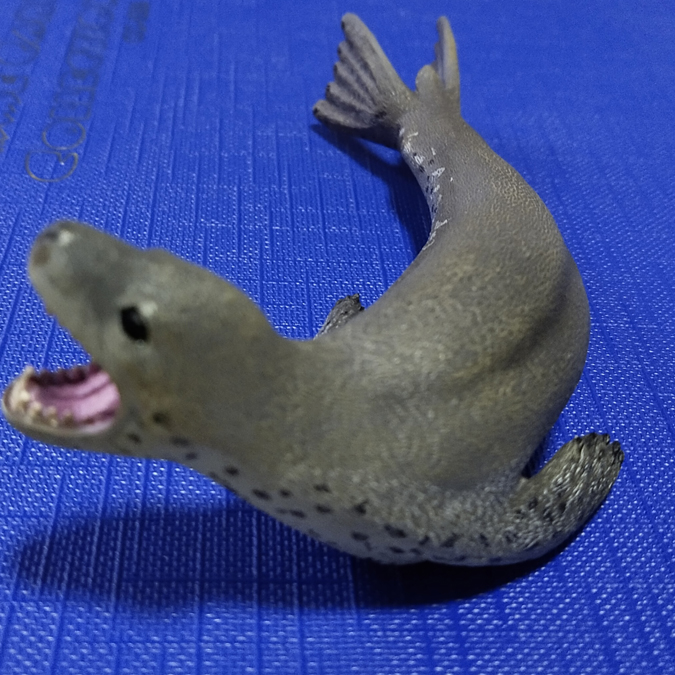
Review and images by JimoAi; edited by bmathison1972
We usually picture seals as these cute bumbling blobs that are clumsy and slow on land and behave like puppy dogs. Make no mistake: once they get into the water, they transform into fast moving predators preying on fish and invertebrates like cephalopods and crustaceans.
Read more
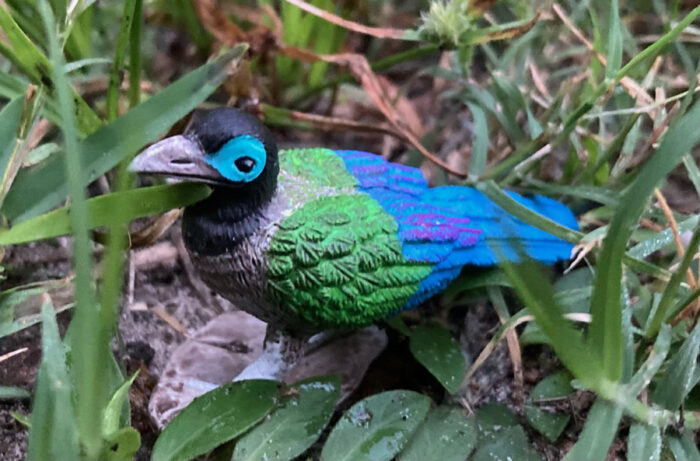
Review and images by Birdsage; edited by bmathison1972
The Sumatran ground-cuckoo (Carpococcyx viridis) and the Bornean Ground-Cuckoo (C. radiceus) are two closely-related species of terrestrial cuckoos that are endemic to Sumatra and Borneo, respectively. Both species are poorly known and rarely seen.
Read more

Bamboo sharks, also less glamorously known as longtail carpet sharks, belong to the family Hemiscylliidae within the order Orectolobiformes (carpet sharks). This makes them close kin to such familiar sharks as the whale, nurse, and zebra sharks. All of them are found in the tropical Indo-Pacific and the largest members of the family only reach about 4’ (1.2 meters).
Read more
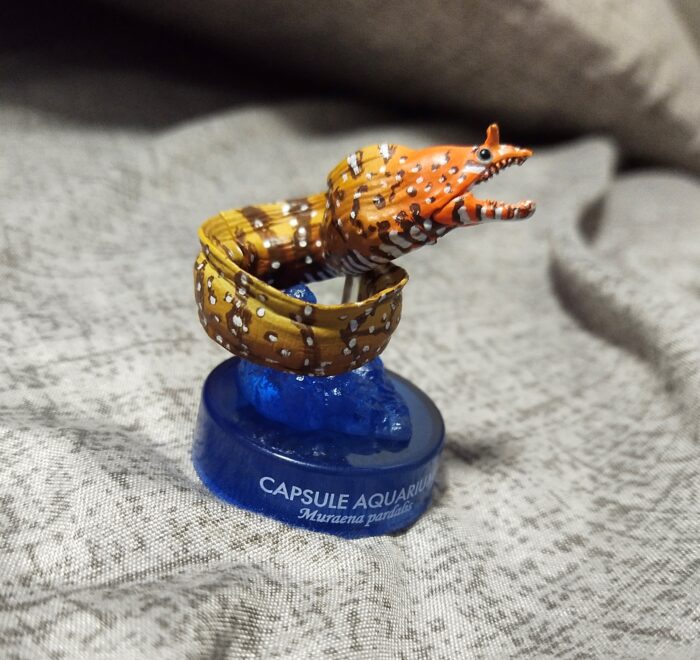
Review and images by JimoAi; edited by bmathison1972
With it’s bright colors of an orange head, mouth lined with narrow teeth used for grasping slippery prey, a brownish body decorated with spots, an ornate pattern, and, to top it all off, a pair of distinctive horn like nostril tubes that gave the fish its name and makes it stand out from the rest of its relatives, the leopard or dragon moray (Enchelycore pardalis) is certainly one of the most distinctive fish on the reef.
Read more















